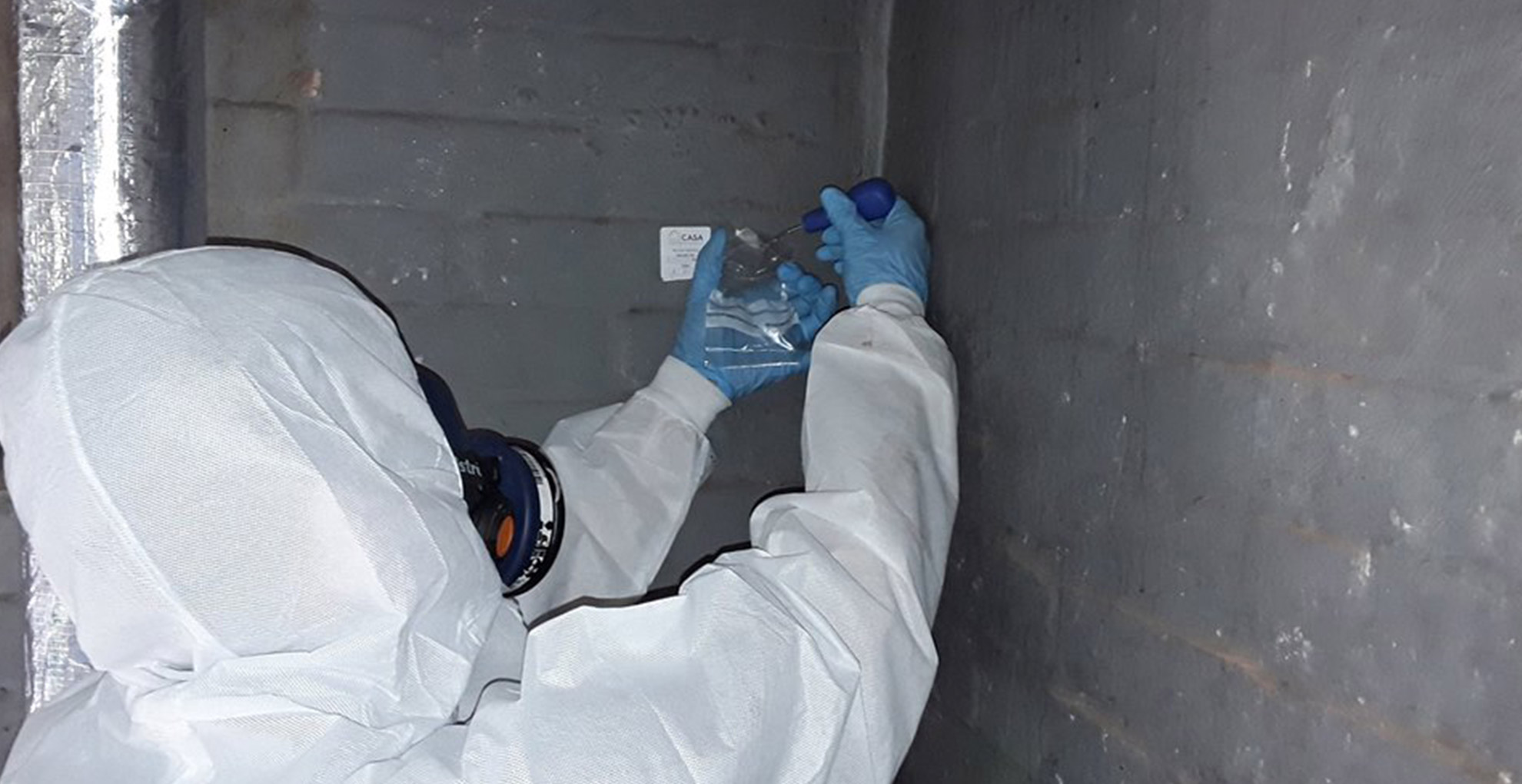What Schools Need to Know About Asbestos
Many schools built before 2000 may contain some form of asbestos. Asbestos was used in a wide range of buildings including domestic properties, Universities, Hospitals and Schools from the 19th century onwards due to its favourable heat, fire and sound protection qualities.
In this mini guide we discuss asbestos in schools, the risks it presents and what actions schools should take if they think their building contains asbestos.
Asbestos Exposure in Schools
The health effects of asbestos cannot be overstated. It can cause a variety of lung and respiratory diseases, such as mesothelioma, asbestos-related lung cancer and pleural thickening, and is estimated to be responsible for over 5,000 deaths per year in the UK.
Any schools constructed prior to 2000 could contain asbestos based materials. This is because asbestos was a widely used material in the building industry due to its superb insulation and fireproofing properties. It was also easily accessible as it could be mined in large quantities, providing a cheap and readily available building material a variety of different uses within the construction industry. It wasn’t until 1999 that the importation, supply and use of all asbestos in the UK was banned.
Asbestos itself is not a threat when left undisturbed, it is only dangerous when asbestos containing materials (ACMs) are disturbed and the fibres become airborne. These microscopic fibres are barely visible to the human eye but can be inhaled through the mouth or nose, entering the lungs or digestive system and becoming entrapped within the body. Over the course of multiple years these fibres can pose a serious threat to health and lead to diseases associated with breathing, like the ones previously mentioned.
Where is Asbestos in Schools?
Asbestos was historically used for all manner of applications so ACMs can be found almost anywhere in buildings and schools, including –
- Ceiling tiles
- Floor tiles
- Roofing
- Guttering
- Textured coatings
- Asbestos lagging used as thermal insulation on pipes and boilers
- Sprayed asbestos used for thermal insulation, fire protection, partitioning and ducts
- Asbestos-insulating board (AIB) used for fire protection, thermal insulation, partitioning and ducts
Asbestos is hazardous to anyone exposed to it however some people are more likely to be exposed than others due to the nature of the jobs they perform. Personnel responsible for undertaking refurbishment and maintenance work in schools for example stand a greater chance of accidental disturbance of ACM’s. These trades may include caretakers, electricians, carpenters and plumbers who may undertake work in areas where ACMs are likely to be present.
Who is Responsible for Managing Asbestos in Schools?
According to Regulation 4 of the Control of Asbestos Regulations 2012, the ‘duty holder’ is responsible for establishing if asbestos is present and , if so, compiling a plan for safely managing it to prevent exposure.
For most schools the duty holder is likely to be the employer. However who the employer is will vary depending on the type of school. For community schools the employer will be the local authority however for academies and private schools the employer may be the trustees ,school governors or someone appointed by them to act as duty holder such as a bursar or head teacher.
For scenarios where budgets for building management are delegated to schools by the local authority both the school and local authority will share the duty to manage asbestos.
The duty holder needs to know whether the school contains asbestos, where it is and what condition it is in. They should keep an up-to-date record of the location and condition of all ACMs in the school. They must also ensure that anyone who is likely to work on or disturb an ACM is provided with information about its location and condition.
Although the majority of school staff are not directly involved in managing the building or performing maintenance/repair work they do need to be made aware of the potential hazards. They should be instructed not to disturb or damage ACMs, by pinning school work to walls for example, and should also report damage to fixtures or fittings that could lead to the release of asbestos fibres.
Managing Asbestos in Your School
Here are some of the steps you should take if you have reason to believe there are ACMs in your school –
Asbestos Survey for Schools
Professional asbestos surveyors should be commissioned to visit the school and undertake an inspection of the building or buildings. They will take samples of suspect materials for analysis and confirm whether asbestos is present or not. If an ACM is found they will assess the risk it poses and advise on management required or actions to be taken.
The 3 main types of asbestos surveys are –
- Management survey – determines whether asbestos is present in your school.
- Refurbishment and demolition survey – carried out prior to any building work to investigate whether any asbestos is likely to be disturbed.
- Re-inspection survey – a type of survey which is performed regularly to check on the condition of asbestos and whether any action is required.
It is recommended by the Health and Safety Executive that Companies employed to undertake asbestos surveys should be United Kingdom Accreditation Service accredited to ISO 17020, as are Casa Environmental Services , to ensure surveys are carried out to the highest standard and in accordance with HSE Guidelines.
Find out more about asbestos surveys >
Asbestos Management Plan for Schools
An asbestos management plan addresses the asbestos register (detailing the information/findings from the survey), the potential risks to human health, safe working practices to be implemented, future monitoring processes, communication strategies for informing people who might disturb the ACMs and more. The plan is legally required and helps to make building users aware of the risks.
Find out more about asbestos management plans >
Asbestos Removal in Schools
If a survey finds that the asbestos in your school poses a health risk, action may be required. Asbestos removal can only be undertaken in most instances by Companies that are licensed by the HSE to do so. They employ fully trained Operatives that use the correct Personal and Respiratory Protective equipment and follow strict processes and protocols to ensure the whole operation is fully compliant with the Asbestos Regulations.
Learn More with Casa Environmental Services
At Casa Environmental Services, we provide a comprehensive range of asbestos services from asbestos surveys to management plans, awareness training and removal.
If you require an asbestos survey at your school, or want assistance with managing ACMs, our expert team are on hand to help. We provide UKAS accredited services across the UK, and whatever your asbestos situation, we can help.
See more: What is Asbestos Encapsulation & is it Right for Your Building?




